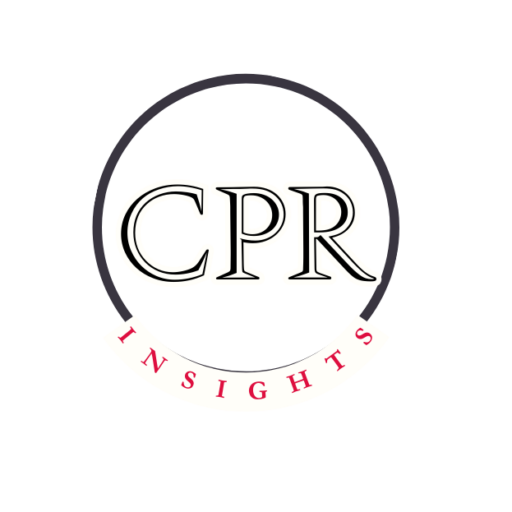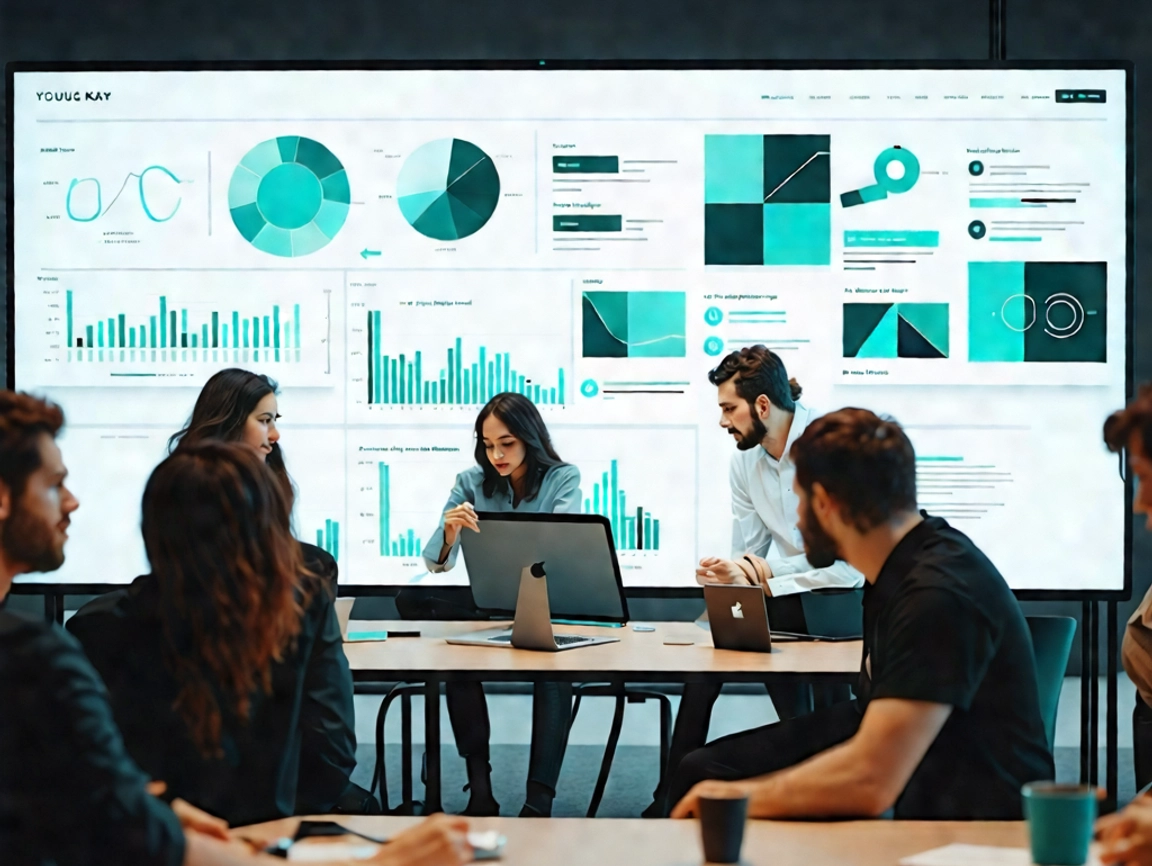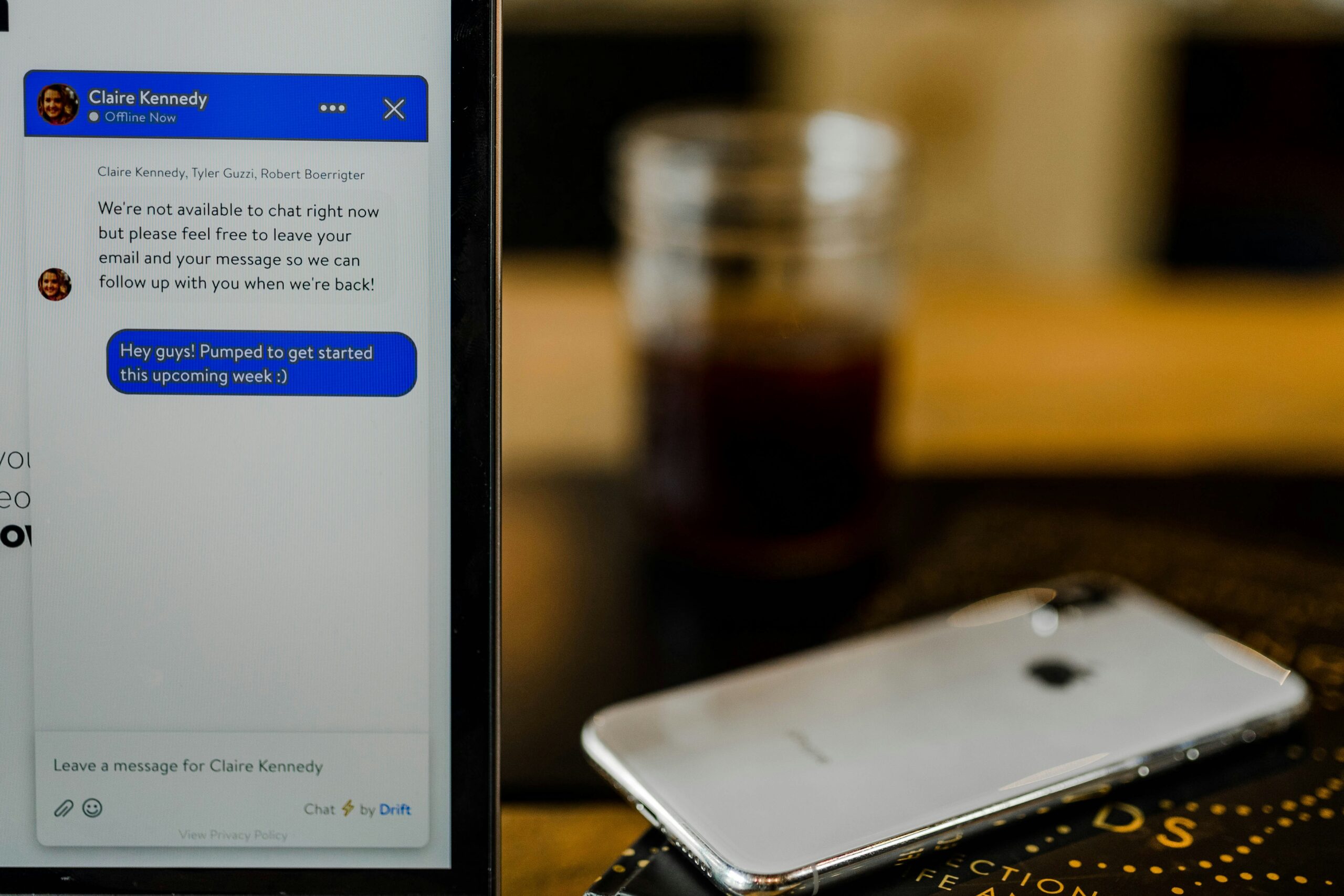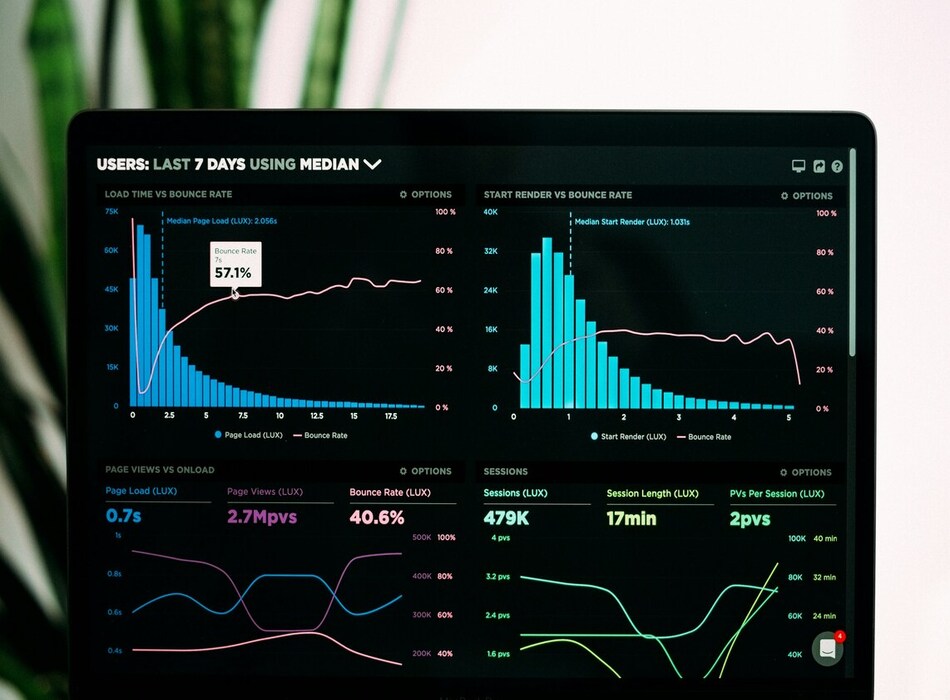The Science Behind Consumer Behavior: How to Make Data Work for You
Ever wonder why some ads feel like they’re speaking directly to you, while others barely grab your attention? It’s not luck—it’s science. Consumer behavior is a fascinating blend of psychology, data, and strategic marketing, and understanding it is the key to creating campaigns that don’t just attract eyeballs but drive real action.
Whether you’re a marketing newbie looking to boost engagement or an analytics pro fine-tuning your strategy, this guide will walk you through how data helps decode consumer behavior. Let’s dive in!
Why People Buy: The Psychological Triggers Behind Decisions
People don’t just buy products—they buy solutions, emotions, and experiences. Decisions are often driven by subconscious triggers, and data helps uncover these patterns. Here are key psychological drivers backed by research:
The Scarcity Effect & FOMO
Scarcity marketing leverages limited-time offers, low-stock alerts, or exclusive deals to create urgency. For example, displaying “Only 3 left in stock” or countdown timers can increase conversions by 20% or more by tapping into the fear of missing out (FOMO).
FOMO is amplified by social proof: 63% of consumers are more likely to purchase when they see others engaging with a product. Brands like Gucci use augmented reality campaigns (e.g., virtual try-ons) to combine exclusivity and social proof, driving 18.9 million engagements.
Personal Relevance
Hyper-personalization boosts conversions by tailoring content to individual preferences. 88% of marketers report measurable revenue improvements from personalization, with 80% of shoppers more likely to buy from brands offering customized experiences.
Behavioral tracking enables dynamic messaging. For example, Garanti BBVA increased loan applications by 502% by personalizing homepage designs for users over 55 based on their transaction history.
Predicting Trends Before Your Audience Does

Predictive analytics uses historical and real-time data to anticipate consumer needs. Here’s how it works:
Tracking Emerging Interests
Brands like Netflix analyze viewing patterns to predict content preferences, while Tesla uses predictive models to tailor car features to customer segments, significantly boosting sales.
Example: A beauty brand noticing rising searches for “eco-friendly skincare” can pivot campaigns early, capturing trends before competitors.
Real-Time Adjustments
A/B testing refines campaigns on the fly. For instance, Hydrant used predictive churn models to target at-risk customers, achieving a 3.1x higher revenue per customer.
Machine learning automates recommendations. Amazon’s AI-driven product suggestions account for 35% of its revenue, showing how predictive tools scale personalization.
Personalization: The Game-Changer in Brand Loyalty
Customers expect tailored experiences—79% engage only with personalized offers. Here’s how data delivers:
Audience Segmentation
Cluster modeling groups users by behavior, demographics, or interests. Nike uses Fitbit data to personalize app content and inventory, enhancing customer loyalty.
AI-Driven Messaging
Spotify’s “Discover Weekly” and Coca-Cola’s “Share a Coke” campaigns show how AI transforms generic outreach into individualized interactions. Brands that personalize emails see 11% higher open rates.
Balancing Automation & Trust
While 59% of shoppers say personalization influences purchases, overuse can feel intrusive. Striking a human-centric balance—like a coffee shop remembering a regular’s order—builds long-term trust.
Leveraging AI for Smarter Campaign Targeting: How to Maximize Results with Less Effort

Marketing used to be a guessing game—craft a campaign, cross your fingers, and hope it reaches the right people. But AI has changed the rules. Today, artificial intelligence helps brands fine-tune their targeting, predict customer behavior, and optimize ad placements with unmatched accuracy. The result? Higher engagement, better conversions, and smarter marketing that works while you sleep.
If you’ve ever wished you could read your customers’ minds, AI is the next best thing. Let’s dive into how AI-powered tools can take your campaign targeting to the next level.
AI Knows Your Audience Better Than You Do
Understanding your audience is the first step to great marketing, and AI excels at uncovering granular insights. Tools like Pixis.ai and ExactBuyer use clustering algorithms and behavioral data to create hyper-targeted audience segments beyond basic demographics.
For example:
- RedCube Digital highlights AI’s ability to analyze browsing habits, purchase history, and social media sentiment to identify niche micro-personas.
- Nike leverages Fitbit data and predictive analytics to personalize app content and inventory, boosting customer loyalty.
Instead of simply targeting “people interested in health,” AI pinpoints users who:
✔ Searched for “best home workouts” in the last 7 days
✔ Engaged with fitness influencers on TikTok
✔ Viewed wearable tech product pages
This precision reduces wasted ad spend by 20-30%, according to programmatic advertising case studies.
Predictive Analytics: AI’s Crystal Ball for Conversions
Predictive analytics transforms raw data into actionable forecasts. Platforms like Marketing Evolution and The Trade Desk’s Koa use machine learning to:
✔ Score leads based on conversion likelihood (propensity modeling)
✔ Identify at-risk customers for retention campaigns
✔ Adjust bids in real-time to meet pacing goals
Real-World Example:
- E-commerce brands like Hydrant use predictive churn models to target customers with personalized discounts, achieving 3.1x higher revenue per customer.
- Nike’s predictive engine (powered by acquisitions like Zodiac and Celect) analyzes app interactions to forecast inventory needs and personalize recommendations, driving direct-to-consumer growth.
Smarter Ad Placements: Programmatic AI in Action
AI-driven programmatic platforms like Enhencer and Gourmet Ads automate ad placements with surgical precision:
✔ Real-time bidding (RTB) adjusts bids based on user intent, location, and device.
✔ The Trade Desk’s Koa recommends optimal channels and audiences, boosting ROI by 35% for brands like Coca-Cola.
✔ Pfizer uses AI to tailor drug ads to healthcare providers based on prescription patterns, reducing cost-per-acquisition by 22%.
This means your ads don’t just appear anywhere—they show up where and when they’re most likely to drive conversions.
AI Personalization: Scaling 1:1 Experiences

Consumers demand tailored interactions, and 88% of marketers report revenue lifts from AI-powered personalization. Tools like Sprout Social and HubSpot leverage AI to:
✔ Dynamically adjust email subject lines and product suggestions
✔ Generate real-time social media insights for content optimization
✔ Create lookalike audiences that mirror high-value customers (used by Netflix and Spotify)
Real-World Example:
- Garanti BBVA increased loan applications by 502% by personalizing homepage designs for users over 55 based on transaction history.
Storytelling with Data: Creating Emotional Connections
Numbers alone don’t inspire people—stories do. In a world overflowing with data, brands that transform raw analytics into compelling narratives stand out. Data storytelling bridges the gap between logic and emotion, making statistics memorable, relatable, and actionable. Here’s how to craft stories that captivate and convert.
Why Data Alone Isn’t Enough
Data drives decisions, but without storytelling, it lacks humanity. As highlighted in LinkedIn’s analysis, audiences crave connection, not spreadsheets. Effective data storytelling combines:
- Actionable insights (e.g., customer behavior trends)
- Human context (real-world applications of the data)
- Emotional triggers (nostalgia, urgency, or empathy)
Example: Google’s “Year in Search” campaign transforms search trends into a global narrative, using data to highlight collective hopes and challenges. This approach increased engagement by 42% compared to traditional reports.
Turning Numbers into Narratives
1. Humanize the Data
Numbers mean nothing without a human touch. Instead of stating:
“80% of customers prefer fast shipping.”
Try telling a story:
Nike’s campaign featured athletes relying on rapid delivery to train for marathons, making logistics feel personal and mission-driven.
2. Structure Your Story
Follow a narrative arc endorsed by GWI to craft compelling brand stories:
Beginning: Pose a relatable problem. (Example: “Small businesses struggle to retain customers.”)
Middle: Use data to reveal a solution. (Example: “Personalized emails boosted retention by 30%.”)
End: Show transformation. (Example: “A bakery doubled sales using AI-driven recommendations.”)
3. Visualize for Impact
Data is more engaging when it’s visual. Kadence emphasizes that visuals simplify complexity.
Airbnb’s interactive maps use booking data to highlight travel trends, making raw numbers instantly understandable.
Spotify Wrapped (a benchmark for data storytelling) blends personal listening data with vibrant, shareable design.
Emotionally Connecting Through Data

Leverage Neuroscience
Stories trigger oxytocin release, building trust, and deepening engagement. Kadence found that emotion-driven stories outperform fact-heavy content every time.
Example: Bumble’s #MyLoveIsBlackLove campaign paired statistics on interracial relationships with user-generated love stories, driving a 25% increase in app engagement.
Proven Tactics for Emotional Impact
Social Proof: Blend testimonials with data.
Instead of saying “90% of users reported better sleep using our app”, pair it with real video diaries of customers sharing how it changed their lives.
Curiosity-Driven Insights: Frame data as a revelation.
Pfizer increased vaccine trust by sharing data stories like:
“1 in 3 people delayed boosters—here’s why.”
Personalization for Emotional Connection:
LinkedIn’s “Your Year in Review” uses personal activity data to create shareable career milestones, boosting user retention by 18%.
Measuring Success: KPIs That Matter
Clicks, likes, and shares might make you feel good, but do they actually drive revenue? Too many marketers get caught up in vanity metrics—the numbers that look great on paper but don’t translate into real business growth. To measure what truly matters, you need to focus on Key Performance Indicators (KPIs) that directly impact ROI. Let’s break down the essential KPIs that help you refine campaigns, improve conversions, and maximize your marketing impact.
Beyond Vanity Metrics: What Really Drives Growth?
Tracking performance isn’t about chasing the biggest numbers—it’s about measuring progress toward business goals. Here’s why vanity metrics can be misleading:
- High traffic but low conversions? You may be attracting the wrong audience.
- Tons of social media likes but no engagement? You need better audience interaction.
- Email open rates skyrocketing but no sales? Your message may not be driving action.
To ensure your efforts translate into revenue, focus on KPIs that reflect real business impact.
The KPIs That Actually Matter

1. Customer Acquisition Cost (CAC)
How much are you spending to gain a new customer? CAC includes ad spend, marketing costs, and sales team efforts. Lowering CAC means you’re getting more customers for less money.
Formula: Total marketing cost ÷ Number of new customers acquired
Goal: Reduce CAC while maintaining or increasing customer quality.
Example: Airbnb cut CAC by 47% by optimizing ad targeting based on user intent instead of broad demographics.
2. Conversion Rate (CVR)
Getting traffic is great, but are visitors actually taking action? Whether it’s filling out a form, making a purchase, or signing up for a demo, your conversion rate tells you if your campaigns are effective.
Formula: (Number of conversions ÷ Total visitors) x 100
Goal: Identify high-performing content and optimize low-converting pages.
Example: Dropbox increased CVR by 10% by A/B testing landing page headlines and call-to-action buttons.
3. Customer Lifetime Value (CLV)
How much is a customer worth over their entire relationship with your brand? High CLV means customers stay loyal and keep spending.
Formula: (Average purchase value x Purchase frequency) x Customer lifespan
Goal: Maximize repeat purchases and customer retention.
Example: Starbucks boosts CLV with personalized rewards, increasing average order value by 20%.
Optimizing KPIs for Maximum Impact
1. Reduce Churn with Retention Metrics
It’s cheaper to keep a customer than to acquire a new one. Track churn rate and improve customer experience to keep people coming back.
Formula: (Lost customers ÷ Total customers at start of period) x 100
Fix it: Personalization, loyalty programs, and excellent customer support.
Example: Netflix reduced churn by 4% using AI-driven content recommendations.
2. Improve Engagement for Higher Conversions
Engagement isn’t just about likes and comments—it’s about quality interactions that lead to action.
- Click-Through Rate (CTR): Measures how often people click your ads or emails.
- Engagement Rate: Tracks meaningful interactions like comments, shares, and time on page.
- Time on Site: Longer time = higher interest = better chance of conversion.
Example: BuzzFeed boosted CTR by 45% by testing headline variations and using curiosity-driven storytelling.
Turning Consumer Behavior Insights into Action
Understanding consumer behavior isn’t just about collecting data—it’s about using that data strategically to create impactful marketing campaigns. By leveraging psychological triggers, predictive analytics, and AI-driven personalization, brands can:
- Connect with their audience on a deeper level
- Anticipate customer needs before they arise
- Drive meaningful engagement and conversions
Data should guide decisions, but human-centric storytelling and personalization are what truly build lasting relationships. Whether you’re optimizing KPIs, fine-tuning ad targeting, or crafting emotionally compelling narratives, the science behind consumer behavior gives you a competitive edge.
Marketing success isn’t about chasing vanity metrics—it’s about measuring what moves the needle. When you align data with strategy and customer insights, you’re not just reaching audiences—you’re influencing decisions and driving long-term growth. Now, it’s time to put these insights to work and transform your marketing into a revenue-generating machine.




